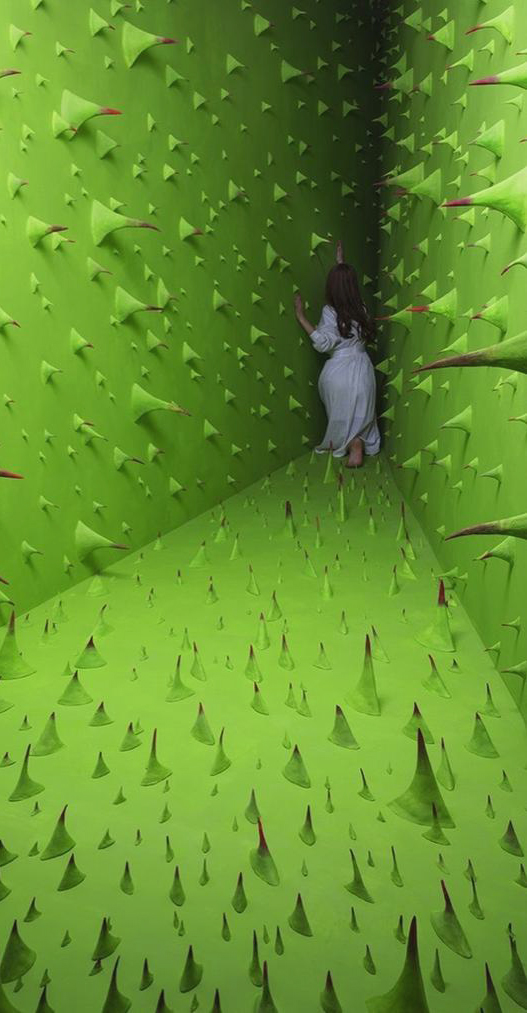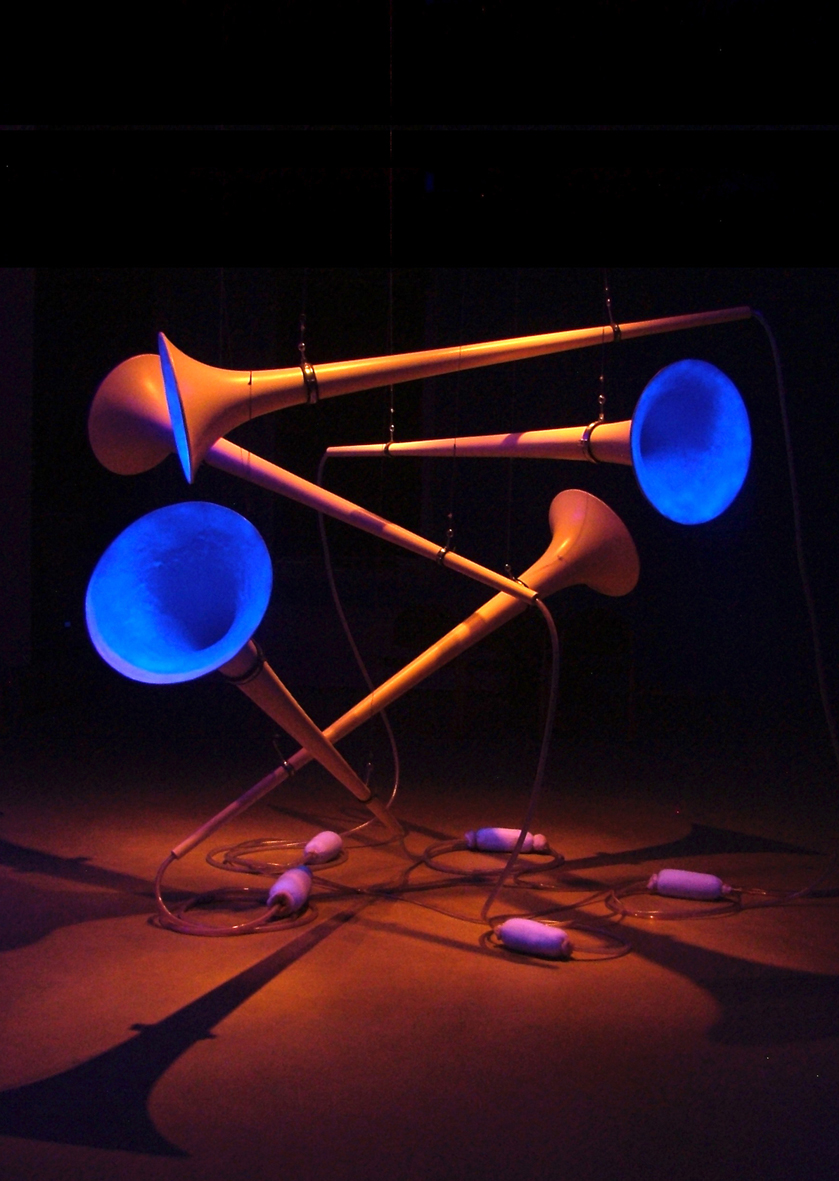
Yuri Suzuki
Crowd Cloud
Keeping the human voice at its core, Crowd Cloud distils the vowels of the Japanese language, creating a unique composition that emanates from a choir of dozens of standing horns that converse with each other like people waiting for friends and relatives. Crowd cloud is designed to provide a welcoming experience in what is often a soulless public space, momentarily turning visitors into audience members as they pass by en route to the next part of their journey.





